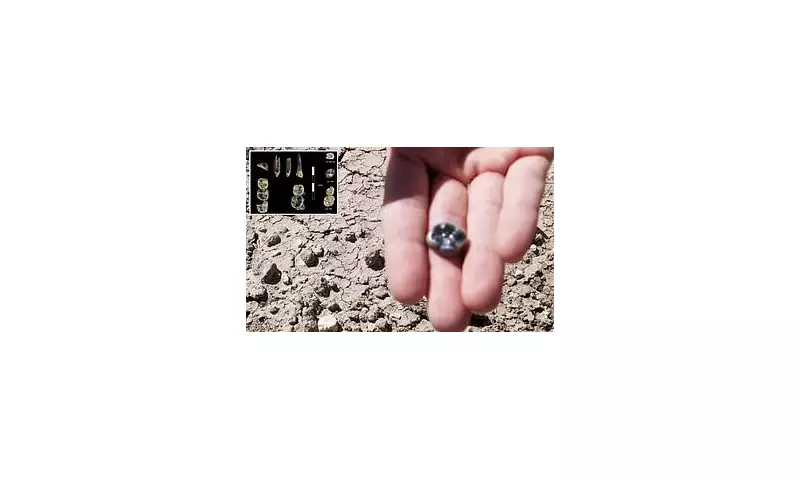
A remarkable fossil discovery in Ethiopia has unveiled a missing chapter in human evolution, rewriting the story of our earliest ancestors. Scientists have unearthed a 2.8 million-year-old jawbone that bridges the gap between ape-like creatures and the first true humans.
The Discovery That Changes Everything
The fossil, found in the Ledi-Geraru area of the Afar region, represents the oldest known specimen of the genus Homo. This crucial find pushes back the origins of our human lineage by nearly half a million years, providing unprecedented insights into how we evolved from our primitive ancestors.
Why This Fossil Matters
This jawbone is the smoking gun that paleontologists have been searching for. It displays a fascinating mix of primitive and advanced features:
- Primitive, ape-like sloping chin
- More modern, human-like teeth
- Smaller molars than earlier species
- Evidence of tool use adaptation
The Evolutionary Puzzle Solved
For decades, scientists struggled to explain the sudden appearance of Homo habilis around 2.3 million years ago. This new discovery provides the missing link between Australopithecus (Lucy's species) and the first humans.
Dr. Brian Villmoare from the University of Nevada, who led the research, explains: "This fossil shows us the first tentative steps toward human characteristics. It's like finding the first chapter of a book we've been trying to read for years."
Climate Change Drove Evolution
The research team found evidence that dramatic climate changes around 2.8 million years ago - when forests gave way to grasslands - may have triggered this crucial evolutionary leap. Our ancestors had to adapt to new environments, leading to the development of human traits.
What This Means for Science
This discovery fundamentally alters our understanding of human origins:
- Pushes back the origin of the Homo genus by 400,000 years
- Provides concrete evidence of evolutionary transition
- Offers new clues about environmental pressures driving human evolution
- Creates a more complete timeline of our ancestry
The research, published in the journal Science, represents one of the most significant anthropological breakthroughs in decades. As scientists continue to analyze the fossil, we can expect even more revelations about our ancient past.





